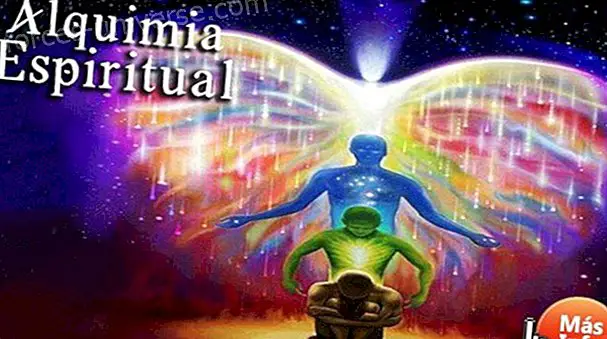
Egyptian temples were distributed along the course of the Nile, in very specific enclaves. Each temple was dedicated to a main god, who resided in the Sanctasanctórum, and who was worshiped. The temple also used to house chapels dedicated to other gods.
These temples, considered The House of God, in addition to religious centers were also initiatory schools where different disciplines were taught to their disciples, priests and priestesses. These schools were called houses of life .
The most important Houses of Life of which we have proof were those of Heli polis, Sais, Memfis, Herm polis, Abydos and Thebes . They were authentic temples of wisdom where science, religion and magic were studied in a unified way, giving rise to a science of a spiritual nature whose purpose was not only to study and understand the universe but which also focused on teaching disciples to live in harmony with natural laws, guiding their lives in accordance with the cosmic order of existence.
Each temple was specialized in a certain teaching and in its walls and papyrus libraries they recorded this knowledge. Important Greek philosophers went to learn in these ancient mystery schools, which over the years were moving away from their original teachings. Among them we can mention Pythagoras (House of Life of Heli polis), Sol n (Sais School of Wisdom), Tales of Miletus (Memphis School), Plat n ( House of Life of Heli polis), Anaximander, Parm nides, Eudoxio de Cnidos (School of Memfis), Archimedes, Emp docles, Decritus, Hippocrates, Aesop, Plutarch (initiated in the Mysteries of Isis) and even the myths Orpheus and Give it . In addition to them we also know that Anaxagoras, Hipparchus, Eratonstenes, Ammonium Saccas, Plotinus, Hypatia, Tendon of Alexandria, Porphyria, Jubilee, Diodorus of Sicily, Hecateo of Miletus, Hesiod, Estrab n, P ndaro and Apolonio de Tiana, among many others, drank from the inexhaustible sources of the Nile wisdom.
Some authors establish an energetic correspondence between the temples and the seven chakras. These temples are located along the Nile, as if it were a backbone, forming a macro-cosmic replica of the main energy centers of the human being. We show the correspondences in the following table:

The Nile was also considered the reflection of the Milky Way, the celestial Nile on earth. The temples were oriented to certain constellations, according to the characteristics of the cult or work that was done between their walls. Thus, they reflected constellations on earth with their constructions and temples. They were centers from which a certain energy emanated in line with the characteristics of the god to whom it was dedicated.
Connoisseurs of cosmic and telluric energies, connoisseurs of sacred geometry, their builders, priests and priestesses who inhabited them, with their powerful and magical rituals, have left us some temples that even today, after so many millennia, retain a great transforming force . There the energies are not subtle, even in temples that have been transported from their original place. It does not take great sensitivity to perceive them, only a little silence and introspection lead the visitor to feel the magic and strength of that knowledge.
Only the priesthood could enter the temple. Only on special festivities could the population access the first courtyard. The hypostyle hall housed the library and the House of Life . In the Shrine was the statue of the God that was worshiped and only Pharaoh and the High Priest could enter it, accompanied by some high-ranking members within the priestly caste to perform the rituals offered daily to God. If the faithful wanted to get close to their presence, they should do so outside the walls, since, according to what they say, the presence of God could fulminate them. Nor could the other priests see their powerful image, although in this case only the entrance to the Sanctum Sanctuary was forbidden .
It is said that in Ancient Egypt, once the sculpture of a God destined for worship was made, they gave it life through their high knowledge of magic. Anyone who has had the opportunity to see any of these figures must surely understand why the vision of divinity was vetoed to the profane.
As one enters the temple, its height decreases until it reaches the Sanctuary or Sanctasanctórum, also called Sala del Naos . God resides in this deepest, darkest and most secret part of the temple. Around the Shrine there are usually chapels dedicated to other gods, along an ambulatory.
On the sides of the hypostyle hall or the courtyards of columns there are various dependencies with functions of storage of products for the offerings of God.
The important temples had a sacred lake where priests and priestesses performed their daily purifications and where rites were celebrated in some festivals.
Adina Wolf
www.losegiptosdeadina.com
Temples of Ancient Egypt






